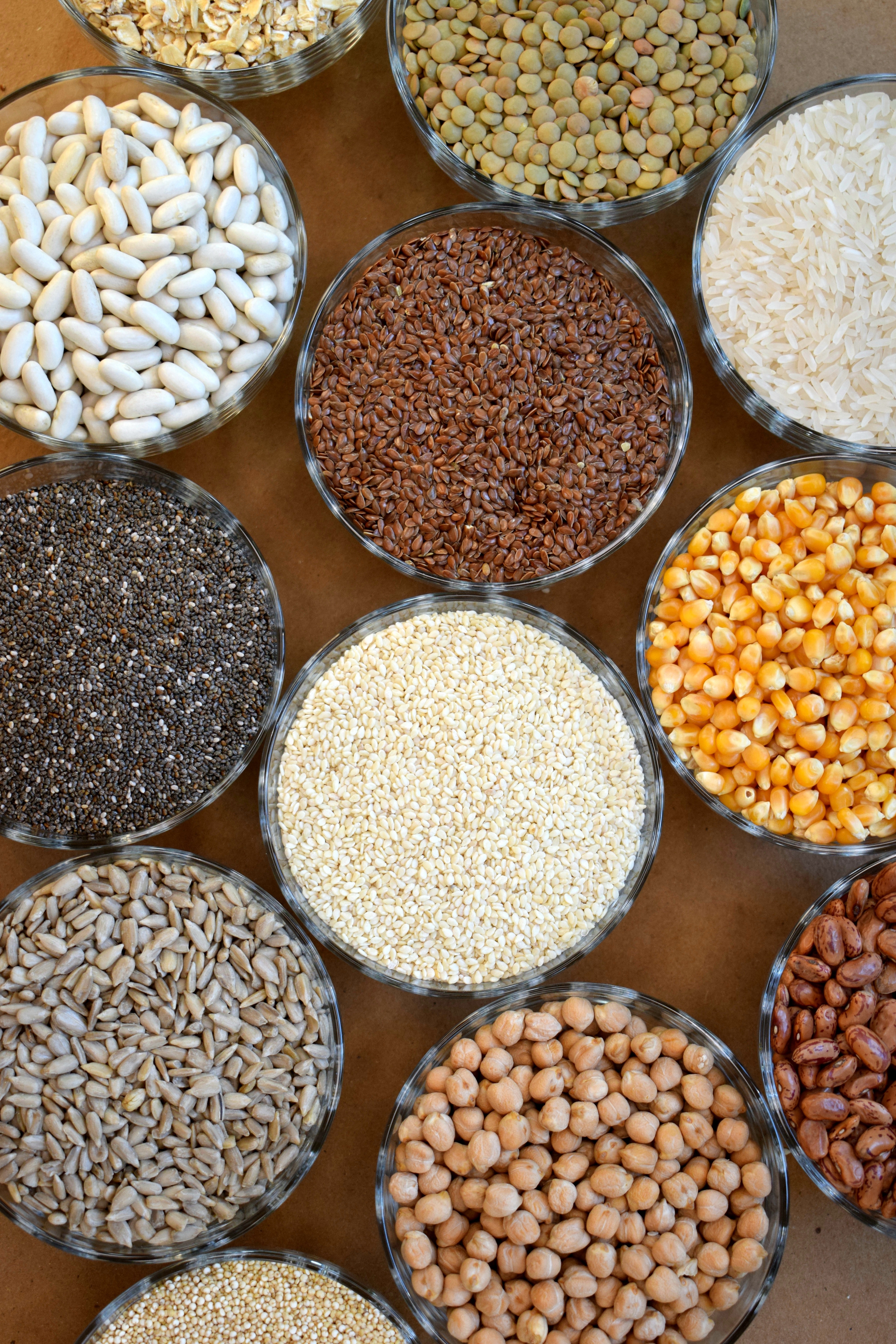Role Of IoT In Tracking Commodity Production

Understanding the colossal significance of the Internet of Things (IoT) in today's digital era is tantamount to understanding the air around us; omnipresent and indispensable. With innovations constantly redefining our lifestyle, IoT sits at the epicenter, making the inconceivable a reality. Transcending mundane applications, its scope extends to the intricate realm of commodity production, a sector that fuels the global market. This article focusses on the Role of IoT in tracking commodity production, an application that often goes unnoticed.
At its core, IoT is an interconnected constellation of sensors, actuators, and devices that revel in their Internet connectivity. These components epitomize the IoT machinery, processing and transmitting data seamlessly across platforms. The characteristic that sets IoT a cut above the rest is its ability to provide real-time analysis. By morphing static data into interactive truths, IoT systems play a pivotal role in simplifying decision-making processes like never before.
Given that the market operates on the simple principle of demand and supply, commodity production is no exception. Herein, the efficacy of tracking becomes clear as crystal. Accurate tracking ensures a streamlined supply chain, eliminating the possibility of overproduction or underproduction. When applied aptly, product tracking can sculpt market trends, optimizing resource utilization and maximizing profits.
The role of IoT in tracking commodity production unfolds like an intriguing saga of technology meeting business. Embellished with the power of real-time data collection, IoT brings a new dimension to commodity tracking. With data at the helm, production units can anticipate demand patterns and strategize their production timelines accordingly. Not just that, predictive analysis enabled by IoT goes a long way in enhancing production efficiency. Averting any unforeseen breakdowns and significantly reducing downtime, IoT is redefining productivity parameters. Furthermore, sweeping improvements in processes cascade to tangible cost reductions, validating the inherent economic benefits of IoT.
However, the digital transformation journey with IoT is not a bed of roses. The potential challenges that lie ahead are innumerous and yet, unavoidable. As companies tread on this path, their struggle mirrors the curve of adaptability and the demands of an increasing technological learning curve. Underneath the surface, lurk the dangers of security and privacy breaches, an inherent threat in any Internet-based application. To mitigate these risks, companies must adapt and further, invest in building a robust technological framework.
The role of IoT in tracking commodity production is not just elemental but transformational. Just as the butterfly flaps its wings to bring about a storm, IoT’s impact reverberates across the production landscape. The future looks promising, with advancements in IoT set to redefine commodity production, invigorating processes with digital energy. Businesses considering IoT implementation stand to gain immeasurably, provided they weigh the benefits and adapt to the vicissitudes this technology brings forth. The significance of IoT may seem like a conundrum today, but with each passing moment, its reality unfurls, bringing to light the silent revolution it has been fueling.
Author: Ricardo Goulart
Copper's Comeback: Inside BHP And Lundin's Argentine Asset Acquisition
Copper, often dubbed "the metal of electrification," is experiencing a resurgence in demand due to its critical role in ... Read more
Revitalizing Commodities: How Clean Energy Is Breathing New Life Into A Stagnant Market
The commodities market, traditionally a cornerstone of investment portfolios, has experienced a decade of stagnation. Ho... Read more
European Airports Disrupted By Escalating Climate Protests
Climate activists have escalated their protests at European airports, blocking runways and causing flight disruptions in... Read more
Hungary's Russian Oil Dilemma: Why Brussels Is Cautious In Offering Support
Hungary's reliance on Russian oil has led it to seek support from Brussels to ensure continued access to this crucial en... Read more
Unveiling China's Secret Commodity Stockpiles: What Lies Ahead?
Xi Jinping's extensive reserves of grain, natural gas, and oil hint at future challenges.In a move shrouded in secrecy, ... Read more
Copper Miners Brace For Industry Overhaul As End Users Seek Direct Deals
The copper mining industry is bracing for a significant overhaul as end users, including cable manufacturers and car com... Read more

